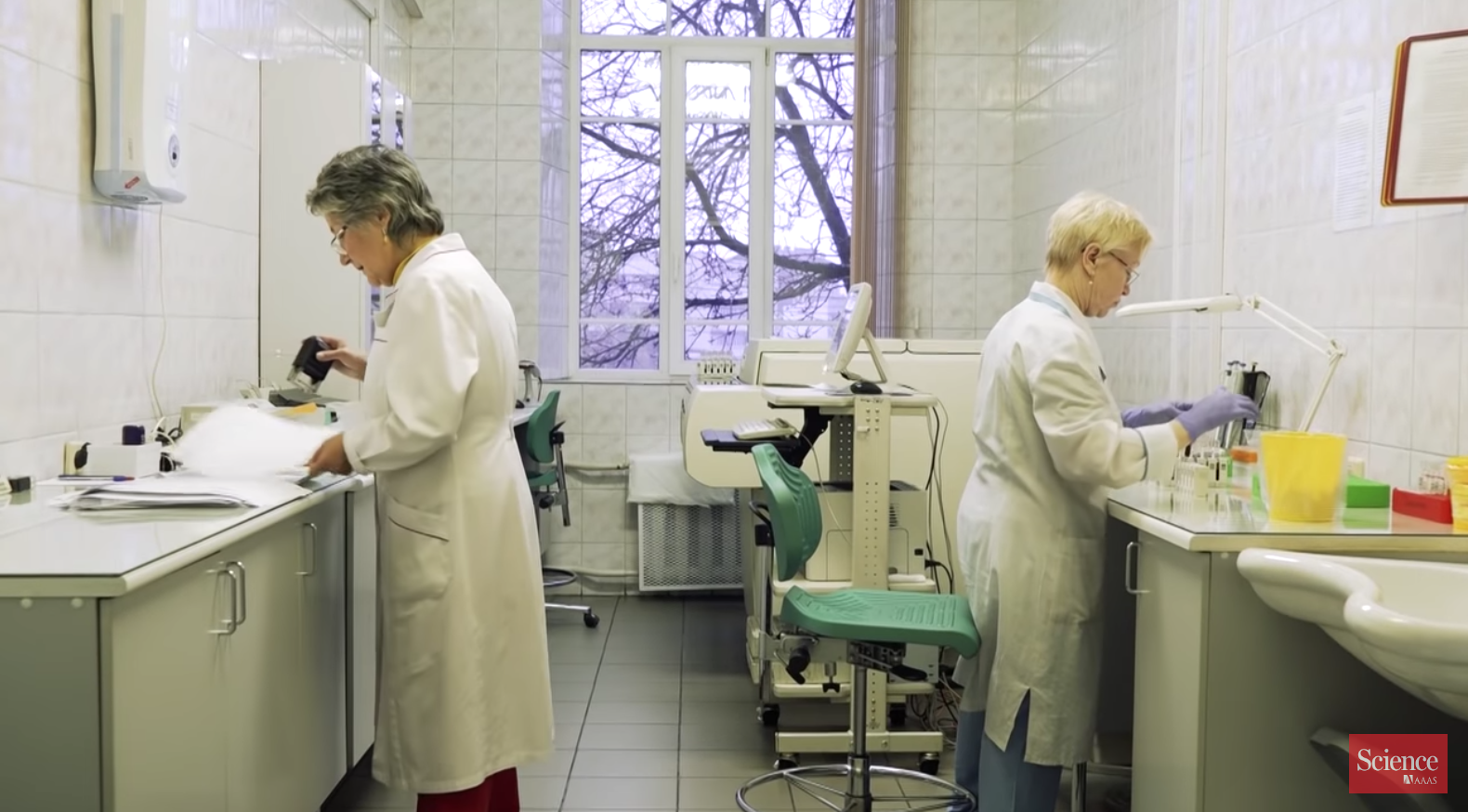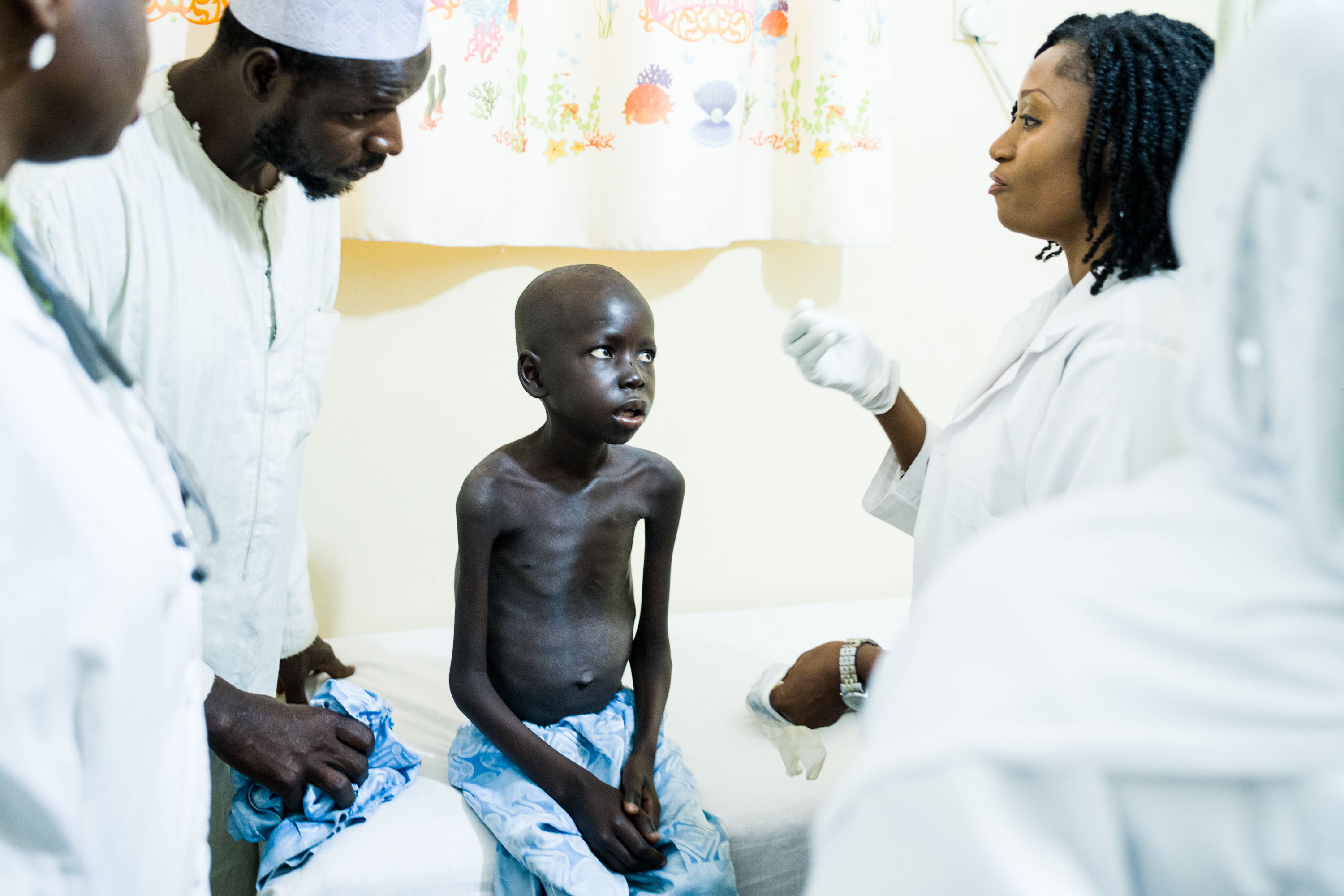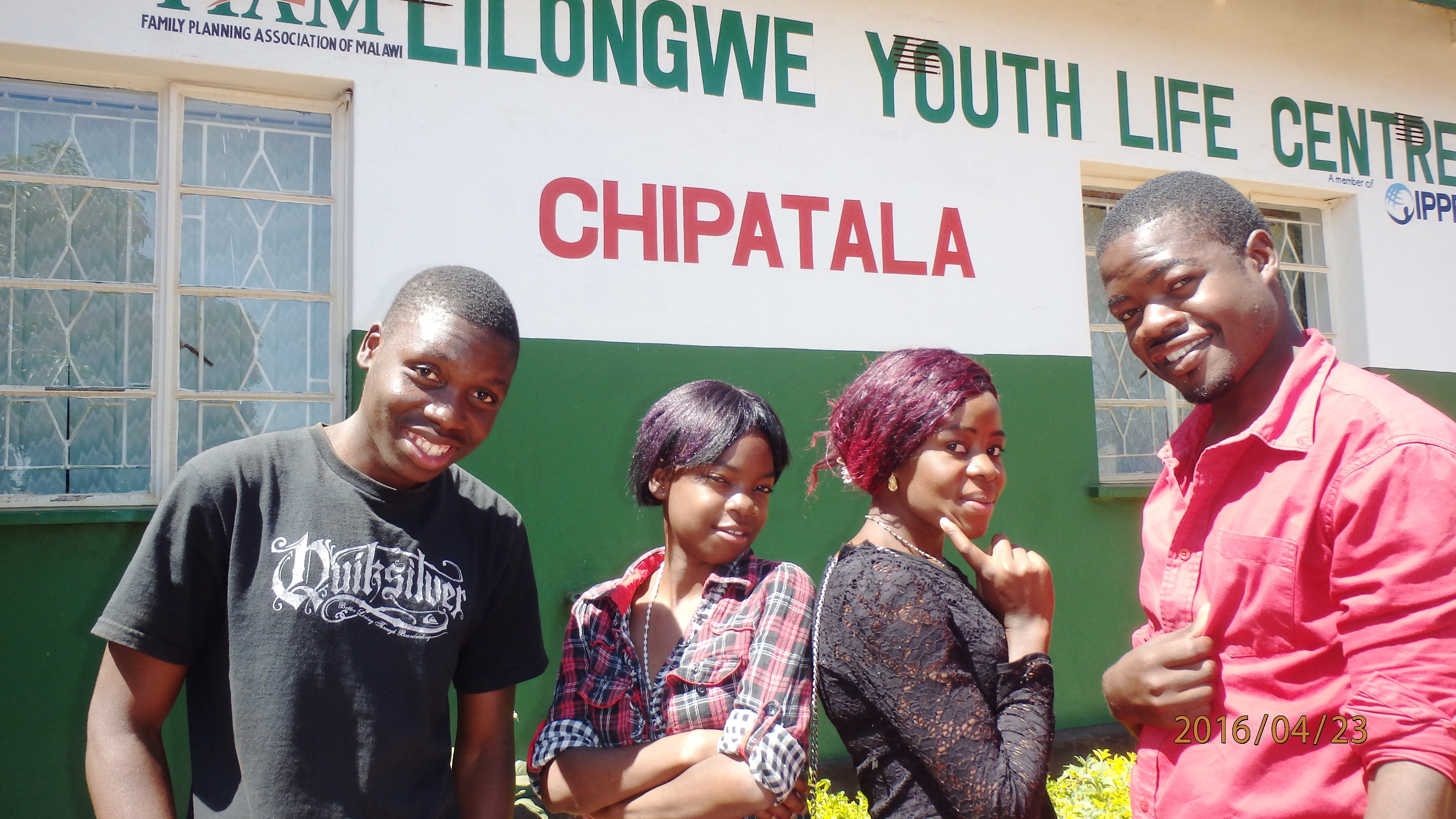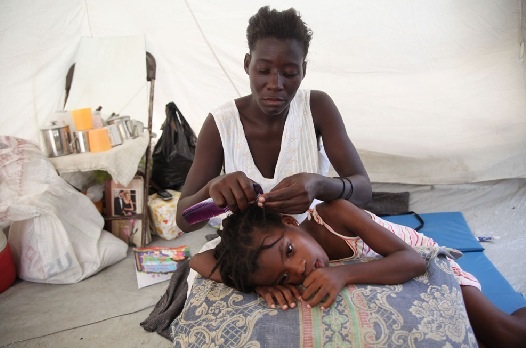
Five of the main metrics that public health experts track to gauge progress against HIV are: How many people are living with the virus? What is the rate of new infection? What percentage of infected people are receiving antiretroviral drugs, which both stave off disease and prevent transmission? How many infected people have progressed to AIDS, and how many have died from it? And how many children are infected by their mothers?
Much of the world has seen encouraging declines on many of those fronts. But Nigeria, Russia, and Florida stand out from their neighbors and, in some cases, the entire world. None of these three locales has high numbers on every one of these measures. But each ranks first—an unenviable distinction—in at least one of the five metrics assessed by total cases, rates, or proportions.
The aim of this package is not to shame Russia, Nigeria, or Florida, or, given their profound differences in population, politics, and economies, to compare them head-to-head. Rather, these stories describe the distinct challenges that have hampered each locale's response to HIV/AIDS. And they highlight people who are confronting those shortcomings and coming up with tailor-made, local solutions.










